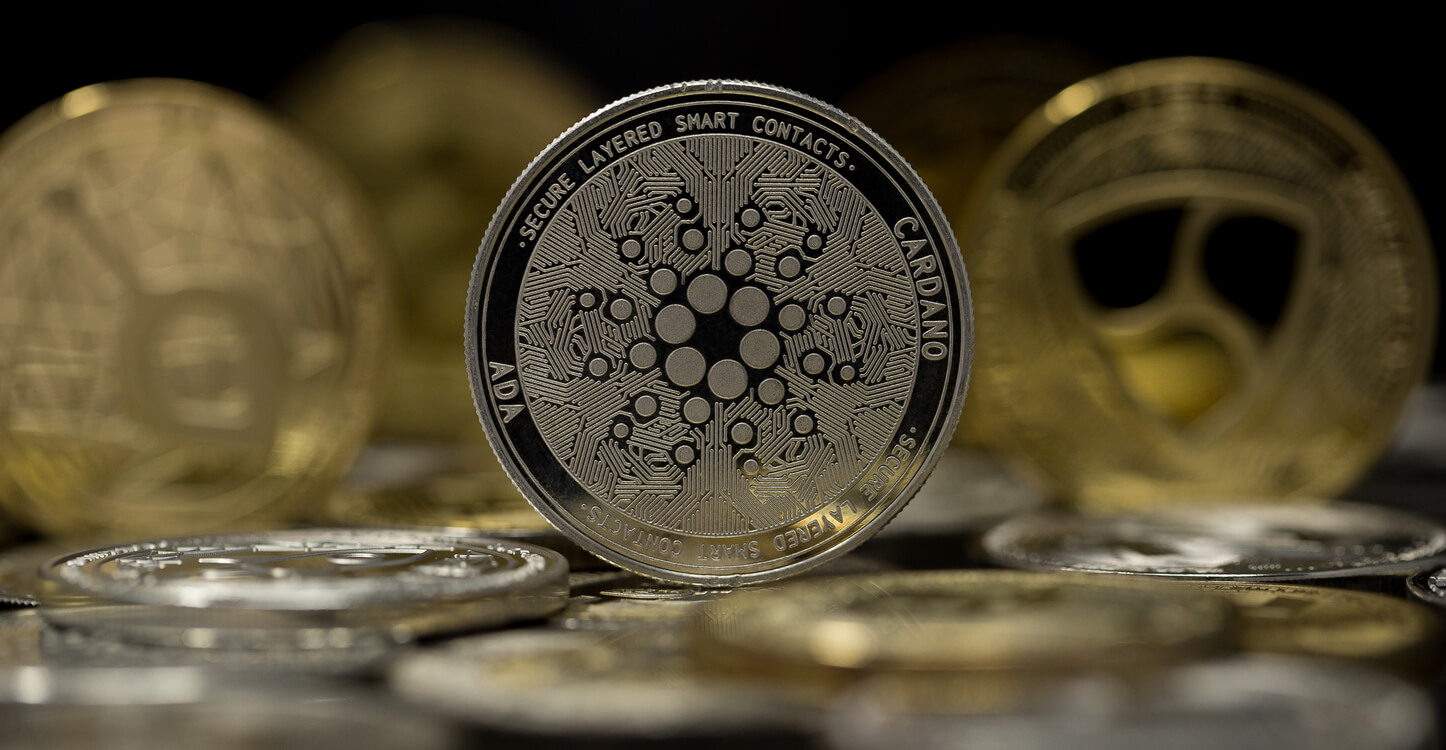Here’s What to Expect from Cardano’s Upcoming Upgrade
16.10.2024 10:00 1 min. read Alexander Zdravkov
Charles Hoskinson, founder of Cardano, recently discussed a potential network upgrade following the launch of the Ouroboros Peras protocol.
He acknowledged that this upgrade is overdue and would significantly enhance the Cardano network.
Hoskinson indicated that developers might prioritize an upgrade related to validation zones after the Peras upgrade, aligning with Cardano developer Andrew Westberg’s views. Westberg described the Cardano Improvement Proposal (CIP) as an “elegant solution” to ongoing challenges, introducing composability and ‘Babel Fees’ to the network.
This proposal aims to refine the efficiency of the eUTXO model and make adjustments to validation zones, which facilitate specific types of transactions.
This proposal comes after Hoskinson defended Cardano against recent criticism, asserting that the transition to the Voltaire era would address long-standing issues. Critics, he believes, often misunderstand the blockchain’s development trajectory.
The Ouroboros Peras protocol, according to Input Output, is an advancement of the Ouroboros Praos protocol that minimizes transaction reversal risks. It employs stake-based voting to enhance the significance of blocks agreed upon by the majority of stake pool operators (SPOs), modifying the chain selection rule to favor the heaviest chain.
Hoskinson also praised the Peras release as “one of the best-prototyped protocols,” highlighting its role in scaling the Cardano network effectively.
-
1
Top 10 blockchains by transaction volume in June 2025
06.07.2025 16:00 2 min. read -
2
German State-Owned Development Bank Issues €100 Million Blockchain Bond
11.07.2025 7:00 2 min. read -
3
Tether Ends Support for Five Blockchains in Infrastructure Shift
12.07.2025 11:30 2 min. read -
4
Cardano and Ethereum Lead in Developer Activity as GitHub Commits Surge
14.07.2025 12:00 1 min. read -
5
Malaysia Opens the Door to Blockchain Experimentation With Launch of Innovation Hub
18.06.2025 22:00 2 min. read
Cardano and Ethereum Lead in Developer Activity as GitHub Commits Surge
Recent GitHub data reveals which blockchain ecosystems and individual projects attracted the most developer attention last week—a key signal of long-term project strength.
Tether Ends Support for Five Blockchains in Infrastructure Shift
Tether, the leading issuer of stablecoins, is phasing out support for five older blockchains.
German State-Owned Development Bank Issues €100 Million Blockchain Bond
Germany’s state-owned development bank NRW.BANK has issued a €100 million ($116.7 million) blockchain-based bond, marking one of the largest public-sector entries into digital securities in Europe.
Top 10 blockchains by transaction volume in June 2025
New data highlights a dramatic lead for Solana in blockchain activity for June 2025. According to the figures, Solana processed a staggering 2.98 billion transactions, far outpacing all other chains in the ecosystem.
-
1
Top 10 blockchains by transaction volume in June 2025
06.07.2025 16:00 2 min. read -
2
German State-Owned Development Bank Issues €100 Million Blockchain Bond
11.07.2025 7:00 2 min. read -
3
Tether Ends Support for Five Blockchains in Infrastructure Shift
12.07.2025 11:30 2 min. read -
4
Cardano and Ethereum Lead in Developer Activity as GitHub Commits Surge
14.07.2025 12:00 1 min. read -
5
Malaysia Opens the Door to Blockchain Experimentation With Launch of Innovation Hub
18.06.2025 22:00 2 min. read


